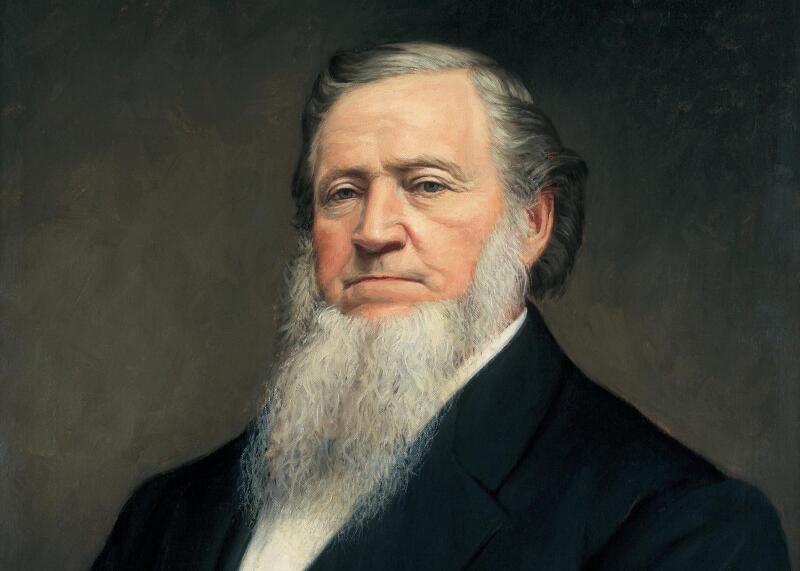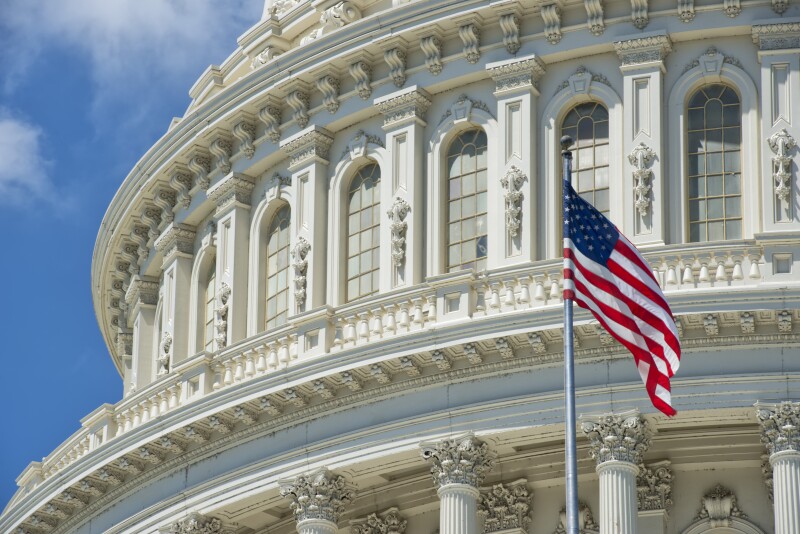Whether you haven’t had the chance to explore the Saints series yet or you are like my husband and me who can’t wait to listen to it on Sunday afternoons, those interested in Church history have a lot to be excited about with the newest volume.
As the Church grows from year to year in each volume, so does the number of places in the world that each volume covers. Saints, vol. 3, will highlight a little-studied period of Church history leading up to the dedication of the Bern Switzerland Temple in 1955.
▶You may also like: ‘Saints’ vol. 3 is coming soon. Here’s a sneak peek of what it will cover
Even prior to the material covered in Saints, vol. 3, there are a surprising number of lessons, connections, and statements made by past Church leaders that are still relevant today. Here is a look at some of the interesting things we have learned from Saints, vol. 2 as we anticipate the release of the next volume.
Responding to Counsel
In the fall of 2021, the First Presidency released a message encouraging Latter-day Saints to wear masks and get vaccinated. Their statement was met with a wide range of responses, from agreement to disappointment to frustration.

In Saints, we read a similar story from the early days of the Church concerning a different topic. During the 1860s, Brigham Young had been encouraging a “cooperative movement” for Latter-day Saints in an attempt to build Zion. The movement discouraged merchants from selling Eastern goods for personal profit and encouraged Saints to build Zion’s economy and become self-sufficient by doing things like growing their own food or making their own clothes.
While many heeded the encouragement, other merchants and businessmen were frustrated and felt that Brigham Young “was old-fashioned and exerted too much influence over the lives of the Saints.” Two men began openly speaking out against Brigham Young and his cooperative counsel. Saints shares the prophet’s response:
He affirmed that all people had a right to think for themselves, just as Church leaders had a right to counsel them according to revelation. “We work in harmony with our Savior,” he declared. “He works in harmony with His Father, and we cooperate with the Son for the salvation of ourselves and the human family.”
Brigham also rejected the idea that Church leaders could not make mistakes. “Man having the priesthood may be fallible,” he declared. “I do not pretend to be infallible.” But his fallibility did not mean God could not work through him for the good of the Saints.
… He would continue to preach and practice cooperation, regardless of what … merchants did or said. “I will leave it to the people to do as they have a mind to,” he said. “I have the right to counsel them, and they have the right to take my counsel or let it alone” (Saints, vol. 2: No Unhallowed Hand, chapter 24, emphasis added).
Whether the topic is health in the 2000s or economics in the 1800s, Church leaders have often shared counsel with Latter-day Saints. This is a clear reminder that even since the early days of the Church, an important part of agency has been to choose how we will respond to that counsel.
Personal Revelation
As the principle of plural marriage began to be taught and clarified, Brigham Young described to the Saints his own struggle with accepting Joseph Smith’s revelation on it. He ended his message by encouraging something that President Nelson has emphasized today: the importance of personal revelation.
Brigham then bore witness of the Lord’s revelation to Joseph Smith on eternal marriage, testifying that God still revealed His words to the Church. “If it was necessary to write them, we would write all the time,” he said. “We would rather the people, however, would live so as to have revelations for themselves, and then do the work we are called to do. That is enough for us” (Saints, vol. 2: No Unhallowed Hand, chapter 10, emphasis added).

Hand in hand with this principle is also the idea of allowing others space to live the gospel the way they interpret it. This was an especially difficult challenge for Latter-day Saints after the Manifesto was issued, which led to the end of plural marriage. Interpretations and judgments were made by local members about how plural families should function going forward, despite no clear directions mentioned in the document. This led to some plural wives being shamed or labeled by others as sinful for continuing to have children with their husband.
One pregnant woman, Lorena Larsen, faced this judgment from her mother, who was also her Relief Society president. For a time, it seemed that even her husband was going to abandon her. Lorena took her pain to Elder Anthon Lund, who was an Apostle and the president of the Manti temple at the time. We may not all be able to have an Apostle confirm our actions, but Elder Lund’s response reminds us that our decisions of how to follow the prophet’s guidance and live righteously are ultimately ours alone and should be decided between us and God, no matter what others think. Saints explains that “Anthon wept as he listened to her story. ‘Walk straight ahead amid the sneers and jeers of everybody,’ he counseled her. ‘You are all right’” (Saints, vol. 2: No Unhallowed Hand, chapter 42).
Assigning Meaning
Although Saints goes into more detail about the events, prayers, and decisions leading up to the Manifesto, to the Saints who first heard it the reasons for its creation were unclear, and many began speculating about its purpose and duration:
In conversation, Heber [Grant] heard several Apostles say that the Manifesto was a temporary measure, suspending plural marriage until the Saints could practice it legally. Lorenzo Snow, the president of the quorum, believed it was a necessary step to earn the goodwill of others. “The Manifesto will turn the hearts of many honest-hearted people to a feeling of friendship and respect for us,” he said. “I can see the good of the Manifesto clearly and am thankful for it.”
While it is tempting even today to try to explain or create a reason for something happening in the Church that seems confusing or contradictory, history teaches us to instead place our trust in God. George Q. Cannon, who was a member of the First Presidency at the time, shared the following insight about how all people, including Church leaders, seek revelation. His words are still applicable today:
“The presidency of the Church have to walk just as you walk,” George had said. “They have to take steps just as you take steps. They have to depend upon the revelations of God as they come to them. They cannot see the end from the beginning, as the Lord does.”
“All that we can do,” he had continued, “is to seek the mind and will of God, and when that comes to us, though it may come in contact with every feeling that we have previously entertained, we have no option but to take the step that God points out and to trust to Him” (Saints, vol. 2: No Unhallowed Hand, chapter 40).
Political Diversity
By 1892, much of the contention in the Church was because of politics. Until that time, Saints had primarily voted for candidates in the Church’s political party, the People’s Party. After the party was disbanded, Latter-day Saints were encouraged to join other parties in part as an attempt to create more political diversity. However, when new contention arose over differing political views, the following statement was shared by President Woodruff at the April 1892 general conference:
“Every man has as much right—prophets, apostles, saints, and sinners—to his political convictions as he has to his religious opinions,” Wilford had declared. “Don’t throw filth and dirt and nonsense at one another because of any difference on political matters” (Saints vol. 2: No Unhallowed Hand, chapter 43).
We continue to hear this same message today at election time when the First Presidency reminds members that the Church as an institution is neutral and encourages Latter-day Saints to participate in politics and develop their own political views.

It is hopeful to know that some of the challenges and contentions we face today have been faced in some form by others before. I look forward to finding more parallels to the current day in the next volume of Saints.
For more fun facts and little-known stories from the first two volumes of Saints, check out the following:
- 5 surprising things we learned from the new Church history book, ‘Saints’
- From fundraising to foundations: 13 surprising facts about 3 pioneer temples
- ‘Gold missionaries’ and 4 other things you might not have known about early missionary work
- Plural marriage, divorce, adoption sealings, and other relationship topics ‘Saints,’ volume 2 tackles
- From a nonmember defending the Saints to an ex-missionary attempting to build an empire: 9 surprising stories from ‘Saints’ 2
- Confessing sins at ward meetings, forgiving thousands of debts, and 8 other tidbits about Church history found in the second volume of ‘Saints’






